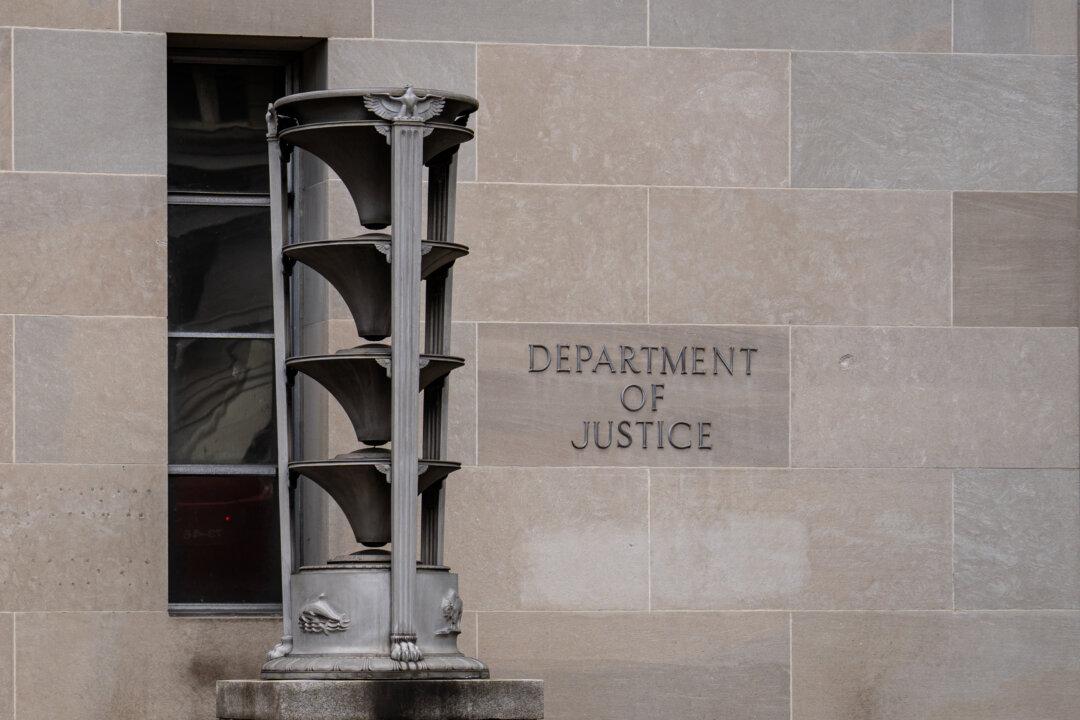Japan is considering easing the rules for using force against any intrusions by foreign balloons, according to its defense ministry, after reports that Chinese balloons had been seen flying over the country in the past years.
The existing regulations allow the Japan Self-Defense Forces (SDF) to only shoot down foreign devices in self-defense or in times of emergency, Japanese broadcaster NHK reported.





